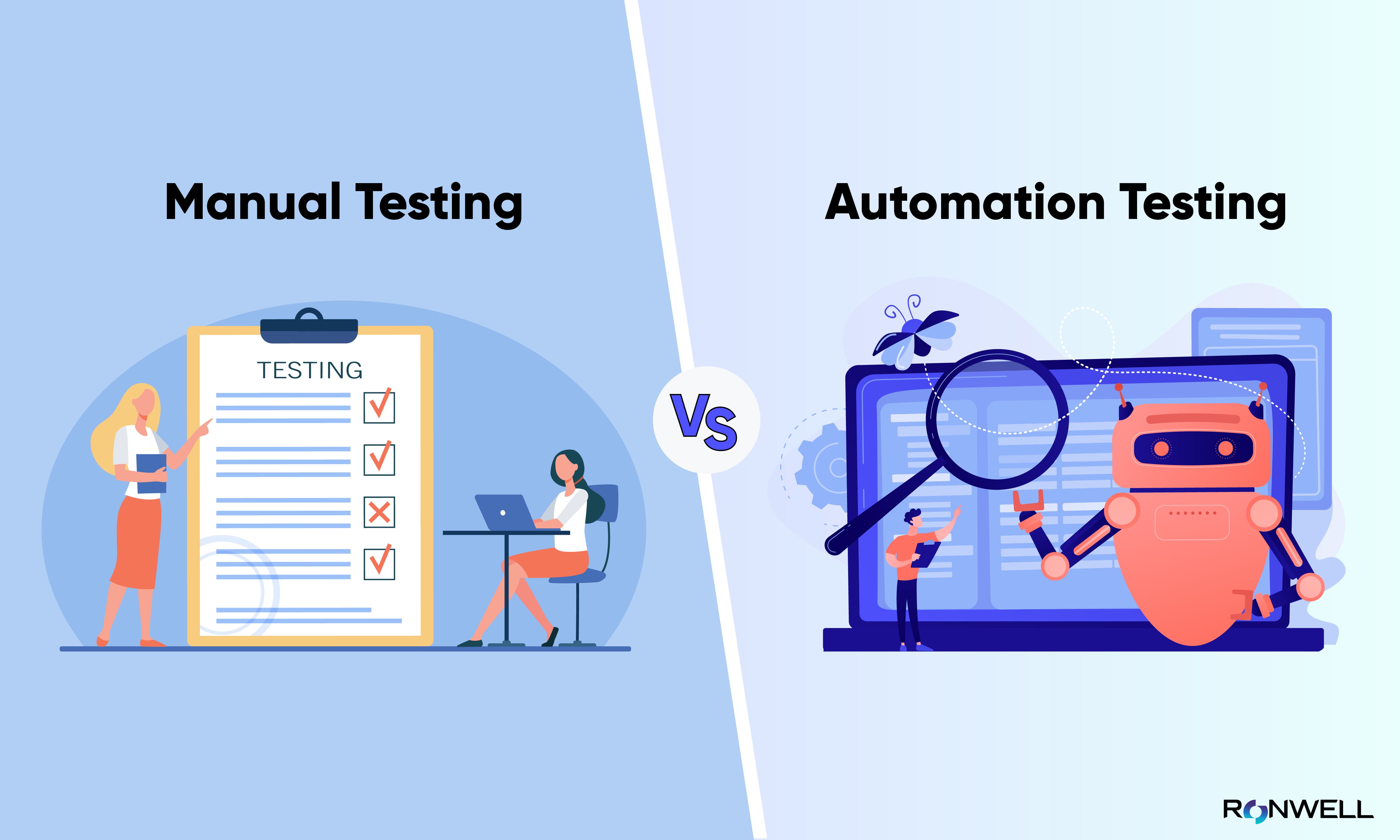Automation Testing: Secret Tips to Improve Growth Lifecycles
Automation Testing: Secret Tips to Improve Growth Lifecycles
Blog Article
From Guidebook to Automated Screening: A Comprehensive Guide to Transitioning Efficiently and Effectively
In the realm of software application screening, the change from handbook to automated procedures has become a progressively essential change for organizations looking for to boost performance and precision in their testing techniques. The trip from guidebook to automated screening is not without its difficulties, however when approached purposefully and with a clear plan in mind, the advantages can be substantial.
Benefits of Automated Checking
Automated screening supplies countless benefits, improving performance and precision in software development procedures. One primary benefit is the considerable reduction in screening time. Automated tests can be run at the same time on several tools and running systems, dramatically accelerating the testing stage contrasted to manual testing. This enhanced effectiveness permits faster feedback on the quality of the software program, making it possible for developers to recognize and address problems without delay.
Moreover, automated screening makes certain a greater level of accuracy in spotting issues. Consistency in screening is additionally improved, as automated examinations implement the exact same steps specifically each time they are run.
Choosing the Right Tools

To start with, evaluate your needs and objectives. Understand the extent of your task, the innovations included, and the capability of your group. This analysis will certainly help you identify the capabilities and features you call for in your screening tools.
Second of all, take into consideration the compatibility of the tools with your existing systems and processes. Smooth combination with your present software program advancement lifecycle is important to ensure a smooth transition to automation.
Furthermore, evaluate the scalability and adaptability of the tools. As your screening needs evolve, the tools need to have the ability to adapt and fit adjustments properly.
Last but not least, consider the support and community around the tools. When applying automated screening, durable support and an active customer neighborhood can offer important resources and help. By carefully considering these facets, you can choose the right tools that align with your demands and established the stage for an effective change to automated screening.
Creating Efficient Test Scripts

When crafting examination scripts, it is important to consider the certain requirements of the software being evaluated and make certain that the scripts attend to all crucial functionalities. Descriptive and clear calling conventions for test manuscripts and examination situations can improve readability and maintainability. In addition, incorporating error handling mechanisms within the test manuscripts can assist in identifying and addressing problems quickly.
Moreover, arranging test manuscripts into modular elements can boost reusability and scalability, decreasing redundancy and boosting efficiency in examination manuscript upkeep. Normal evaluations and updates to check manuscripts are crucial to keep speed with developing software requirements and discover this info here capabilities. By complying with these concepts, testers can develop robust and reliable examination manuscripts that add dramatically to the success of automated screening procedures.
Integrating Automation Into Workflows
By More Bonuses perfectly integrating automated screening devices like Selenium or Appium right into the software program development lifecycle, teams can achieve faster feedback on code changes, leading to quicker bug detection and resolution. This integration allows for constant screening throughout the growth process, making certain that any problems are recognized early on, resulting in higher software program high quality. Appropriate assimilation of automation tools needs cooperation in between advancement, screening, and procedures groups to develop a unified operations that maximizes performance and efficiency in delivering premium software products.
Making Sure a Smooth Shift
Successfully transitioning to automated screening includes meticulous planning and careful execution to decrease interruptions and maximize performance in the software application advancement process - automation testing. To guarantee a smooth change, it is vital to begin by conducting a complete assessment of the current screening procedures and identifying areas where automation can bring one of the most considerable benefits. Engaging with all stakeholders at an early stage at the same time, including programmers, testers, and task supervisors, is crucial for garnering support and buy-in for the automation effort
Communication is crucial during this change phase. Clear interaction of the goals, benefits, and assumptions of automated testing aids to take care of any resistance or concerns that might arise. Furthermore, providing ample training and resources for staff member to upskill in automation tools and methods is crucial for ensuring a successful transition.

Final Thought
In conclusion, transitioning from manual to automated testing offers various advantages, consisting of boosted performance and dependability. By choosing the appropriate devices, writing efficient test scripts, and incorporating automation seamlessly right into process, Source companies can make sure a smooth and successful change. It is vital to welcome automation as a beneficial possession in software application screening processes to improve overall quality and efficiency.
In the realm of software application testing, the shift from handbook to automated processes has actually become a progressively important shift for companies looking for to enhance effectiveness and accuracy in their testing methods. Automated tests can be run simultaneously on numerous tools and running systems, drastically speeding up the screening phase contrasted to hands-on testing. Consistency in screening is also improved, as automated tests perform the same steps precisely each time they are run.To make sure the successful execution of chosen screening devices, the creation of effective examination scripts plays a vital role in validating the functionality and efficiency of automated procedures - automation testing. By following these principles, testers can produce efficient and robust test manuscripts that contribute substantially to the success of automated screening procedures
Report this page